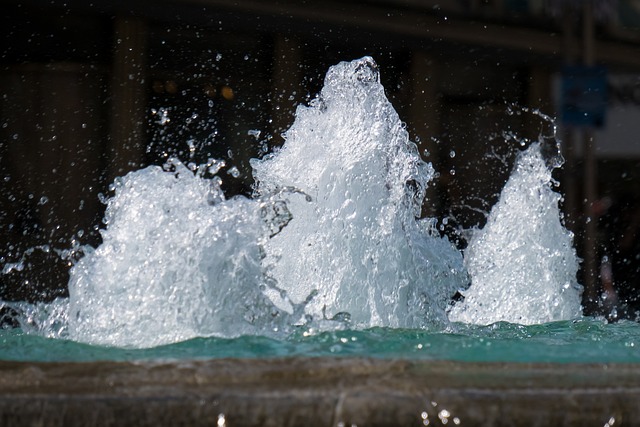Low water pressure is not a trivial issue but a symptom of potential plumbing problems, including leaks, clogged pipes, and issues with main supply lines or shut-off valves. Signs include weak, slow-flowing water and varying pressure throughout your home. To address this, identify root causes like clogs, worn pipes, mineral buildup, or faulty valves. Visual inspections, checking the main valve and water meter, or consulting a professional plumber can help resolve issues effectively.
Low water pressure might seem like a minor inconvenience, but it often signals a deeper plumbing problem. This article delves into the common causes of low water pressure, exploring both the visible symptoms and underlying issues. By understanding these causes of low water pressure, you can identify when a simple fix is at hand or if professional help is required to restore optimal flow in your home. We’ll guide you through the process, from recognizing warning signs to implementing effective solutions.
- Understanding Low Water Pressure: Common Causes Explored
- When Plumbing Issues Surface: Signs of Low Water Pressure
- Resolving the Problem: Strategies for Restoring Optimal Flow
Understanding Low Water Pressure: Common Causes Explored

Low water pressure might seem like a minor inconvenience, but it could indicate deeper issues within your plumbing system. Understanding the causes behind this symptom is key to addressing the problem effectively. Several factors can contribute to low water pressure, including leaks, clogged pipes, or issues with the main water supply line.
Leaks, whether from worn-out fixtures or pipe joints, result in a constant drip that reduces overall water pressure. Clogged pipes, often caused by mineral buildup or debris, restrict water flow, leading to reduced pressure throughout your plumbing system. Moreover, problems at the source, such as issues with the main shut-off valve or damage to the main water supply line, can also be responsible for low water pressure in your home or business.
When Plumbing Issues Surface: Signs of Low Water Pressure

Low water pressure might seem like a minor inconvenience, but it could indicate more serious plumbing issues lurking beneath the surface. The first step in troubleshooting is to identify the signs. One of the most obvious indicators is a lack of force when turning on faucets or using showers—water comes out slowly and weakly. This could be due to various factors, including clogs, worn-out pipes, or leaks within the plumbing system. Additionally, low pressure may manifest as varying water flow throughout your home; for instance, one faucet might spurt water while another flows gently.
Another cause could be a buildup of mineral deposits in pipes or aerators, reducing water volume and pressure. Pressure-reducing valves that fail to function properly can also restrict the water supply, leading to low pressure. If you notice consistent low pressure across multiple fixtures, it’s time to investigate further to prevent more complex plumbing problems from developing.
Resolving the Problem: Strategies for Restoring Optimal Flow

Low water pressure can be a frustrating issue, but it often points to a deeper problem within your plumbing system. Before assuming it’s merely a temporary drop in pressure, consider the potential causes—from leaks and clogged pipes to issues with the main supply line or even the water meter. Identifying the root cause is key to resolving the problem effectively.
To restore optimal flow, start by checking for any visible signs of leaks or blockages. Repair or replace faulty fixtures, pipes, or fittings. If the issue persists, inspect the main shut-off valve and water meter for damage or irregularities. In some cases, recalibrating these components might be enough to regain pressure. For more complex problems, consult a professional plumber who can diagnose and address issues like corrosion, pressure regulator malfunctions, or outdated plumbing infrastructure.
Low water pressure can be a symptom of underlying plumbing issues, and ignoring it may lead to more severe problems. By understanding the common causes, recognizing the signs, and employing effective resolution strategies, homeowners can ensure optimal water flow and avoid costly repairs. Prompt action on minor pressure drops can prevent major disruptions, making it crucial to treat low water pressure as a potential plumbing crisis in the making.
